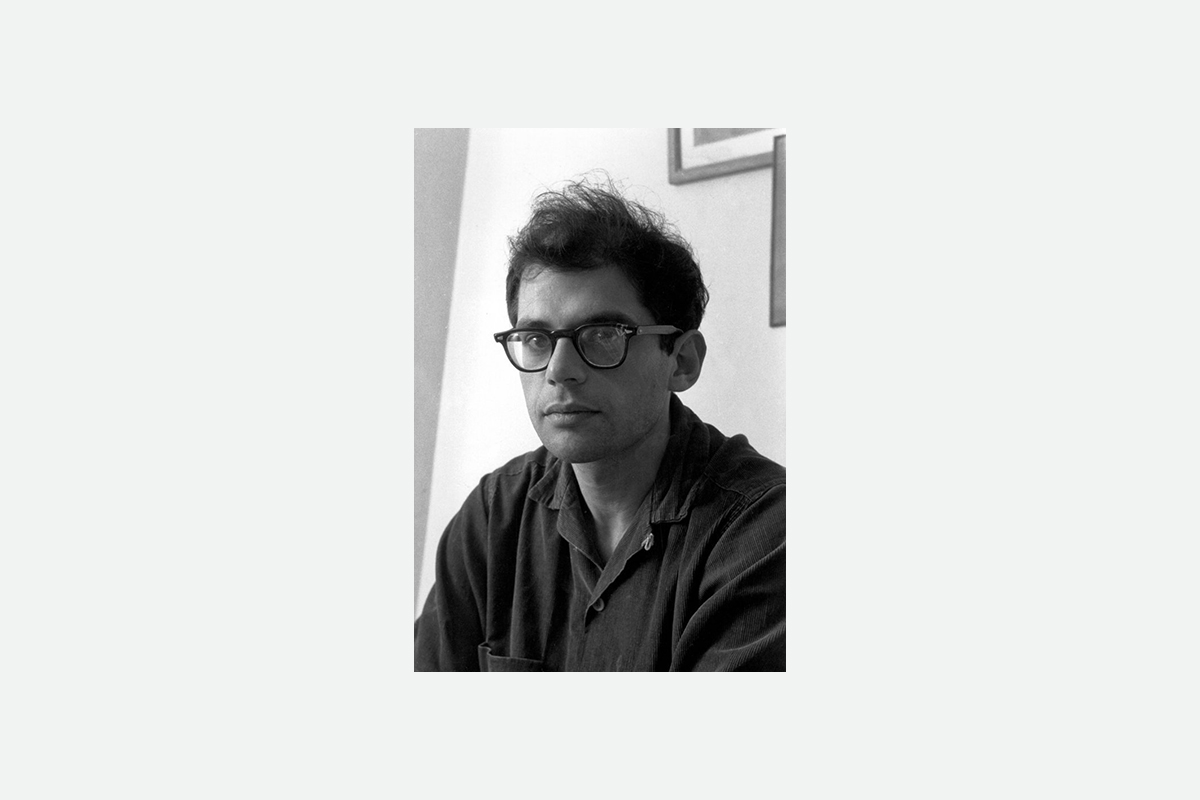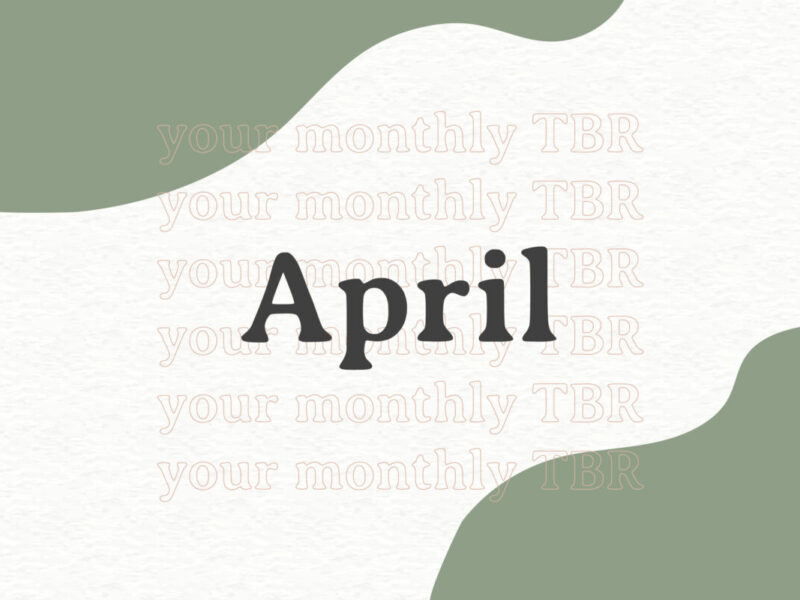4 Defining Beat Poets to Add to Your Reading List
Beat poetry stands out as one of the most influential and widely referenced poetry movements today. If you’ve heard of Allen Ginsberg or Jack Kerouac—spontaneous and spiritual writers who subverted the genre’s conventions throughout their lifetimes—then you’ve heard of beat poetry, a literary school that continues to have a deeply felt impact on the genre.
Beat poets not only believed in creating political change and challenging societal norms through their poetry, but they embraced “exploding” these standards altogether, as Ginsberg described. This radical poetry grew out of social unrest and protest, as well as placed a strong emphasis on both music and nature. Above all, the beat poets celebrated authentic poetry, favoring frenzied, spur-of-the-moment thoughts over-analytical writing and careful revision, an approach that can still be seen in 21st century spoken word performances and Instagram poetry. These four famed beat poets represent this iconic literary perspective.
1. Allen Ginsberg
Allen Ginsberg is best known for his long-form poem “Howl” hailed as a revolutionary poem and a searing social critique. This sprawling work creates chaotic yet powerful imagery out of Ginsberg’s anger, as he depicts scenes from what he sees as a selfish, materialistic, and corrupt society he must push back against. In many ways, “Howl” is a creative take on the elegy—a form that Ginsberg also channels in his well-known poem “Kaddish”—as Ginsberg mourns the “best minds of [his] generation” and details the horrors they faced.
“Poverty and tatters and hollow-eyed and high sat up smoking in the supernatural darkness of cold-water flats floating across the tops of cities contemplating jazz, / who bared their brains to Heaven under the El and saw Mohammedan angels staggering on tenement roofs illuminated,” Ginsberg writes, illustrating the psychedelic and often surrealist style of the beat poets.
“Who passed through universities with radiant cool eyes hallucinating Arkansas and Blake-light tragedy among the scholars of war, / who were expelled from the academies for crazy & publishing obscene odes on the windows of the skull, / who cowered in unshaven rooms in underwear, burning their money in wastebaskets and listening to Terror through the wall.”
2. Jack Kerouac
As both a poet and a fiction writer, Jack Kerouac wrote award-winning novels like On the Road and The Town and the City. The observant, confessional style seen in these books can also be felt in Kerouac’s short but poignant poems, including “The bottoms of my shoes.” Like many other beat poets, Kerouac didn’t rely on grand inspiration, instead choosing to write scenes and images from his everyday life. He called this style “spontaneous prose,” a hurried, unedited technique that he believed allowed the subconscious mind to fully emerge in writing.
“The bottom of my shoes / are clean / From walking in the rain,” Kerouac illustrates simply in “The bottoms of my shoes,” a poem from his revered haiku collection.
3. Diane di Prima
An author of more than 40 books and former San Francisco Poet Laureate, Diane di Prima explored themes like spirituality, motherhood, and activism. Di Prima especially prioritized taking risks in her poetry, an approach she embodied up until she passed away in late 2020. “Buddhist New Year Song”—which ponders otherworldliness, time travel, and reincarnation—captures di Parma’s wild voice and love for taking unexpected leaps within her poetry.
“You said / ‘There are stars in your hair ‘—it was truth I / brought down with me / to this sullen and dingy place that we must make golden / make precious and mythical somehow, it is our nature, / and it is truth, that we came here, I told you, / from other planets / where we were lords, we were sent here, / for some purpose,” di Parma writes.
“The golden mask I had seen before, that fitted / so beautifully over your face, did not return / nor did that face of a bull you had acquired / amid northern peoples, nomads, the Gobi desert / . . . the sky itself a tangled tapestry, glowing / but almost, I could see the planet from which we had come.”
4. Joanne Kyger
Joanne Kyger wrote more than 20 poetry collections, inspired by politics, travel, and her Zen Buddhism practice. Kyger believed in letting breath rule poetry, rather than structure or syntax, an approach that makes her poems seem deeply felt and meditative. Kyger was also known for setting an overarching, observable mood in her poetry, one that readers can pick up on in her poem “It’s been a long time,” a work that attempts to record a revolution and push for unity.
“During the beat of this story you may find other beats. I mean / a beat, I mean Cantus, I mean Firm us, I mean paper, I mean in / the Kingdom which is coming, which is here in discovery,” Kyger writes, exemplifying her talent for building tone and anticipation. “. . . You don’t go across my vibes, / but with them, losing the pronoun. It is Thy, it is Thee, / it is I, it is me.”
Wanting to learn about other poetic schools and movements? Check out our round-up of New York School writers.




